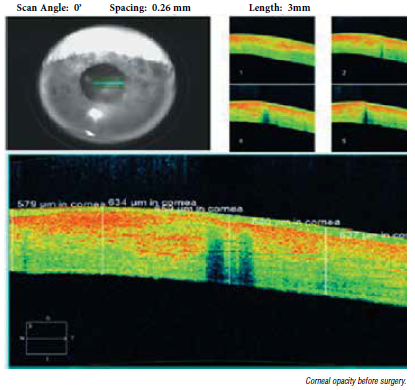SMILE for Corneal Scar
Stromal lenticule implantation may reduce recurrence of herpetic keratitis.

Dermot McGrath
Published: Wednesday, April 27, 2022


Stromal lenticule implantation may reduce recurrence of herpetic keratitis.

Published: Wednesday, April 27, 2022

